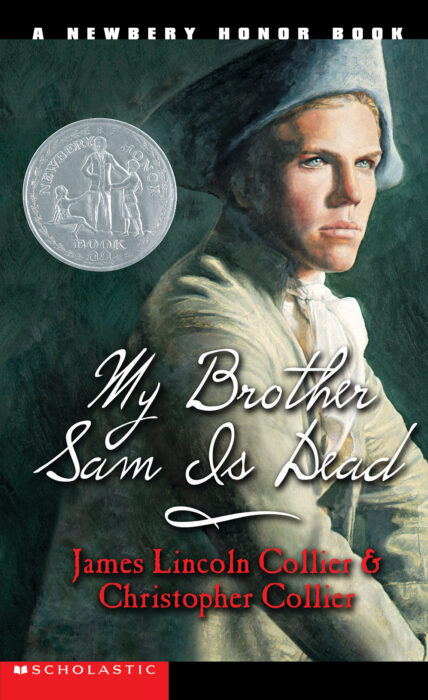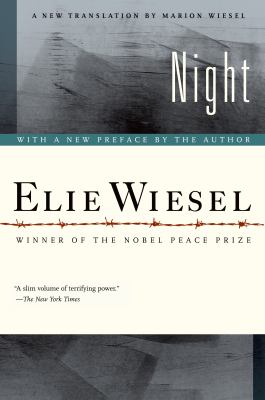I was researching historical events that happened on my birthday when I came across an interesting one. The first around the world flight landed on September 28, my birthday. It took 175 days to complete it. But how did it happen?
First up was the preparation. The U.S. Army Air Service, Coast Guard, Bureau of Fisheries, and Navy all donated fuel, oil, engines, and spare parts. There were going to be four airplanes; Boston, New Orleans, Seattle, and Chicago. As you can tell, they were all named after American cities.
The objective of this treacherous journey was to display to the world that airplanes were a valid transportation method for all to use, and to advertise the new Douglas World Cruisers. Each plane could only take 300 pounds worth of supplies, meaning they couldn’t afford to take parachutes or life preservers.
The four planes took off on April 6, 1924, in Seattle, Washington, heading west. They flew up the coast of Canada through Alaska. Alaska had freezing temperatures, thick fog, and violent, unpredictable storms. While traveling through, Seattle crashed. Fortunately, both the pilot and the mechanic were saved, but it was so early in the journey and they had already lost a plane. Luckily, the rest of them made it through Alaska.
In May and June, they started venturing into Asia. Asia had typhoons, humid weather, and extreme heat. Japan was excited about aviation, but also suspicious of the planes provided by the military. They gave the pilots a harder route, in order to keep their military secrets hidden. Even with the harder route, they were able to make it through southeast Asia.
In June and July, they started across India. Instead of fog and rain, they now had the humid tropical jungles and sandy winds of what is now Iraq and Jordan.
At last, they made it to the edge of Europe in August. Now they had the daunting task of crossing the Atlantic Ocean. Keep in mind, these were old planes, and therefore needed to stop very often. The Navy stationed large ships along the route for when they needed to land. The journey to Iceland seriously tested the pilots’ skill. Heavy fog forced them to fly close to the wild waves. They were going 90 miles per hour with very little visibility. On top of that, towering icebergs floated in the sea, the pilots just narrowly avoiding them. They made it to Iceland, and from there went to Greenland. The conditions were the same, foggy and violent. From Greenland, only Chicago and New Orleans could make the trip to Labrador, Canada. Boston suffered serious damage, and couldn’t continue the journey.
Once they entered the US, the pilots were crowded with fans at every stop. They flew down the east coast of America.
At last, they reached their final miles. The World Flight center was overflowing with eager crowds, waiting to see the latest American aviators. They crossed the desert to San Diego, and went up the west coast. Chicago and New Orleans landed successfully at the World Flight center in Seattle on September 28, 1924. They took 74 stops, and covered about 27,550 miles.







